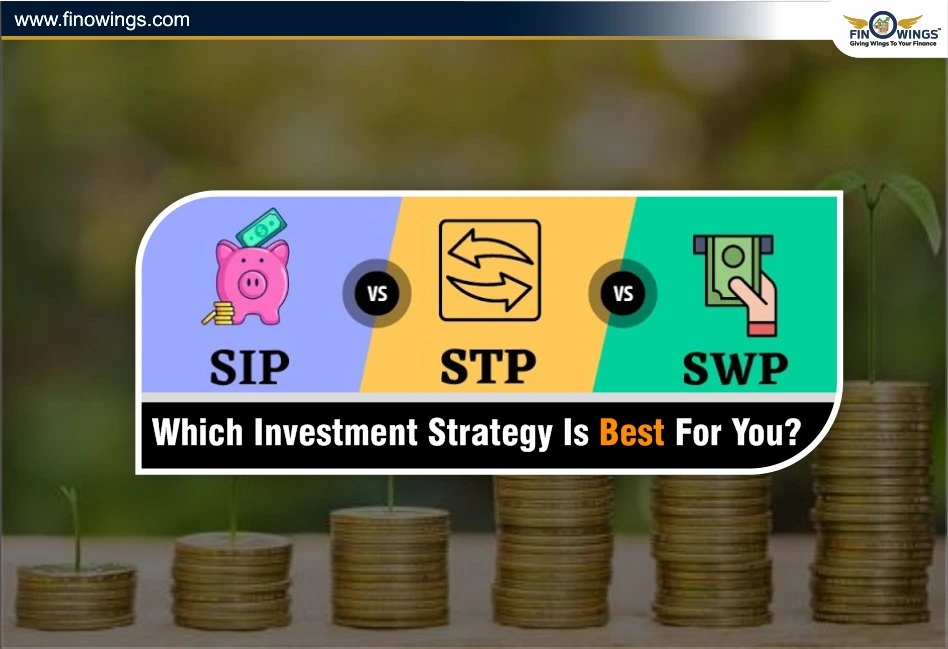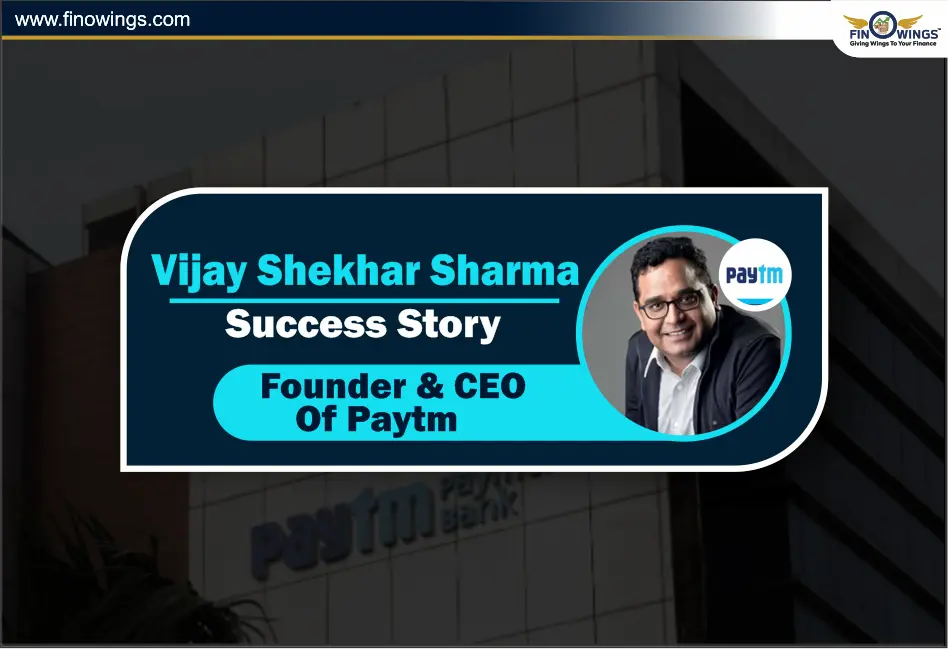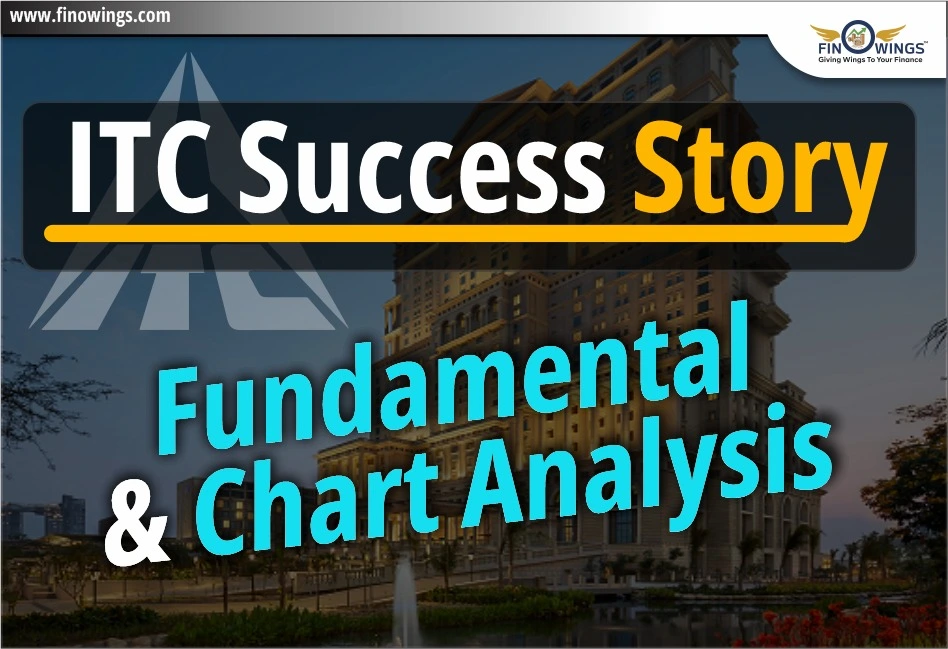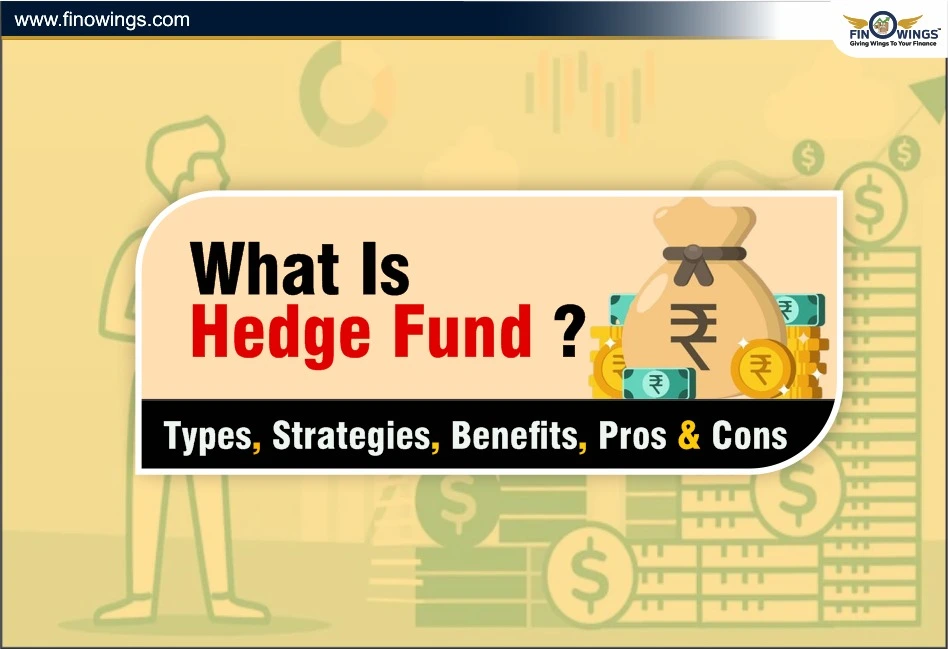Home >> Blog >> Legally Reduce Your Capital Gains Tax: Smart Strategies for 2025
Legally Reduce Your Capital Gains Tax: Smart Strategies for 2025
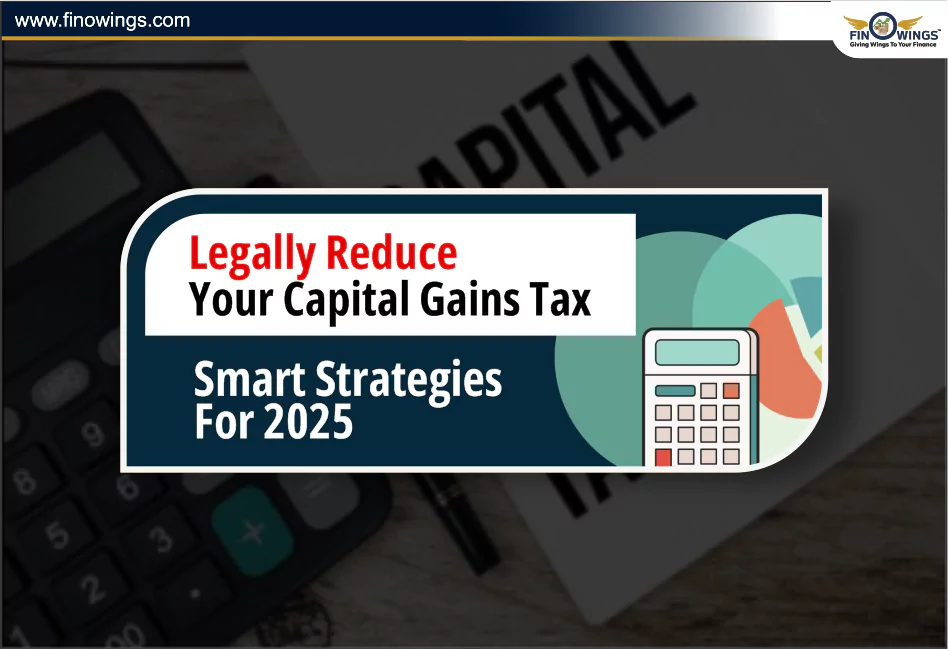
Table of Contents
This is a hard period for many market participants: the market is down, profits are reduced, and many investors are looking at losses. Given this situation, some traders are contemplating selling their shares in companies where some profits can still be realized. But hold on! The financial year is coming to an end (FY 2025) and will result in the payment of capital gains tax upon selling.
This situation does not seem right-diminished profits, and added taxation! So what's next? In today’s blog, we will discuss how to avoid this tax completely with the right amounts and reasoning.
Detailed Video
Saving tax capital gains tax:
Before understanding what to do in order to save capital gains tax, it is important to fully grasp the specifics of how capital gains tax functions.
Selling shares, mutual funds, or any financial asset at a profit within a designated time frame is classified as Capital Gain, divided into two categories.
1. Short-Term Capital Gain (STCG)
In STCG, equity shares, and equity mutual funds are held for less than one year. The profit in such a case is termed as STCG. The tax rate on STCG was 15%, but following the budget for the year 2024, it now stands at 20%.
2. Long-Term Capital Gain (LTCG)
Any profits made from selling financial assets that have been held for over a year are considered to be LTCG. With the new tax reforms, capital gain income up to Rs.1,25,000 is now exempt from taxation, while any gain surpassing that amount is now taxed at a rate of 12.5% (previously 10%).
Being aware of the Fundamentals of STCG and LTCG is one step, however, I would like to discuss the tax structure concerning income levies under varying limits.
Capital Gains Tax Calculation (FY 2025-26)
STCG Tax Calculation
Suppose you have an STCG of Rs.5,00,000, here’s how the tax computation is done:
|
Amount (Rs.) |
Tax ( value in Rs. if not mentioned) |
|
0 - 4,00,000 |
Nil |
|
1,00,000 |
Rs.20,000 |
If STCG is Rs.10,00,000-
|
Amount (Rs.) |
Tax ( value in Rs. if not mentioned) |
|
0 - 4,00,000 |
Nil |
|
6,00,000 |
1,20,000 |
But if you sell in FY 2025 under the old tax rule it will be:
|
Amount (Rs.) |
Tax ( value in Rs. if not mentioned) |
|
0 - 3,00,000 |
Nil |
|
7,00,000 |
1,40,000 |
LTCG Tax Calculation
If you made Rs.7,00,000 in long-term capital gains, counting tax on shares held over 1 year, your tax calculation will be:
|
Amount (Rs.) |
Tax ( value in Rs. if not mentioned) |
|
1,25,000 |
Tax-exempt |
|
5,75,000 |
65,625 |
The calculation remains unchanged for both FY 2025 and FY 2026.
What are the Methods for Avoiding or Reducing Capital Gains Tax?
One of the most complicated, yet achievable challenges to face is that of making capital gains tax zero. However, with the use of some legal methods, this problem becomes a lot simpler. Let’s explore them:
1. Making It Business Income
If you consider yourself an active trader in the stock markets, you have the option to view your profits as business profits rather than capital gains. This assists in paying tax under normal income tax slabs, which tend to be more beneficial than the flat 20% STCG tax.
Example:
Let’s assume an individual makes a trading income of Rs.10,00,000 to which the tax calculation under income tax slabs will be as follows:
|
Amount (Rs.) |
Tax ( value in Rs. if not mentioned) |
|
0 - 4,00,000 |
Tax-Free |
|
4,00,000 - 8,00,000 |
20,000 |
|
8,00,000 - 10,00,000 |
Taxed at 10% (20,000) |
In addition, Tax liability: Rs.40,000. An individual’s tax liability if this same income was treated as STCG would be Rs.1,20,000.
In short, by treating this as business income you are effectively saving Rs.80,000 of tax liability.
2. Claim Deductions Under Section 80C
Invest in ELSS (Equity Linked Saving Scheme) or ULIP plans and gain a deduction of Rs.1,50,000 under Section 80C using NPS.
Example:
Consider LTCG income is Rs.3,00,000.
-
The entire amount of Rs.1,25,000 remained exempt.
-
When Rs. 150,000 is invested in ELSS, the taxable profits drop to Rs. 25,000.
-
Only the remaining Rs. 25,000 must be taxed at a rate of 12.5%, which comes to Rs. 3,125.
3. Tax Harvesting Strategy
Take advantage of year-on-year profits by utilizing tax harvesting to obtain non-taxed profits every year.
-
Any LTCG up to the amount of Rs.125,000 is tax-free for everyone, every year.
-
Sell and reinvest stocks up to that amount.
Example:
If your shares increase your profit to Rs.5,00,000, you are allowed to sell Rs.1,25,000 worth of shares tax-free and reinvest.
4. Use Loss Adjustments
In the unfortunate circumstance where you incur losses in the stock market, you can adjust those losses with STCG or LTCG to lessen the burden of taxes.
Example:
Even at a deficit of Rs.20,000 from another stock, having Rs.50,000 in STCG profit still will allow you to be above water as your taxable amount will be able to sit nicely around Rs.30,000 (Rs.50,000 - Rs.20,000).
When it comes to short-term capital losses, they can only be set off against STCG. Both STCG and LTCG can be countered with long-term capital loss.
Conclusion
It is inevitable to pay the capital gains tax, but with effective tax planning, you can minimize your tax liability. Such strategies include:
-
Claiming profits as business income
-
Investment in 80C Instruments
-
Regular Tax Loss Selling
-
Gains and Loss Set Off
It is very much possible to save on taxes using these completely lawful techniques.



